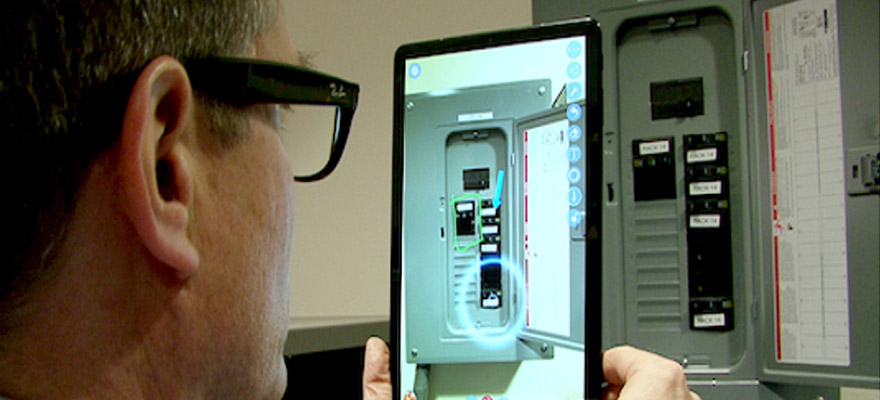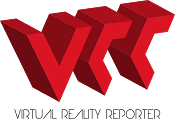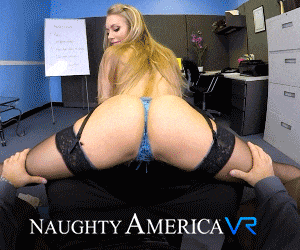CareAR Offers Visual Solution to Empower Enterprise Remote AR Support

Today's service teams are often challenged by a lack of context and skilled resources in troubleshooting issues, either at the customer's site, work place, or on the field. Customers and users can be assisted remotely to solve problems. This increases efficiency and productivity across the entire value chain.
The ability of service technicians to physically access sites for repairs has been restricted in the age COVID-19. Manufacturers are also faced with the possibility of site closures during the pandemic, and the skeleton teams returning to work after the reopening, so downtime caused by a machine fault affecting production is something they don't want to have to worry about. For perspective, the average automobile manufacturer loses $22,000 every minute due to downtime.
Many frontline workers in manufacturing have been called upon to solve problems over the last 18 months. However, these workers may not have the necessary knowledge to do the job. Frontline staff require intelligence and digital workflows to help them complete tasks that would otherwise have required outside expertise.
Manufacturing companies use a variety of solutions to assist their workers on the factory floor. Visual aids like static PDF illustrations and training videos don't suffice when a frontline worker needs to understand complex problems or repair machinery. Workers require intelligent solutions that can both visualise and contextualize the content to solve their specific problem.
Smart companies are turning to augmented reality to enable factory floor repairs by themselves. Multiple uses can be made of the technology, all of which help keep manufacturing plants running smoothly. These are just three examples.
AR for Troubleshooting an issue
AR allows manufacturing workers to solve problems using animated content or instructions. In a seamless digital workflow, AR and artificial intelligence can interact, provide instructions and insight. Workers can then access step-by–step AR procedures to inspect a machine and contextual information about the history. This can be helpful in diagnosing the problem.
AR for conducting repairs
AR can be used to provide on-demand expert knowledge to frontline workers. AR-enabled visual instruction makes information easily accessible to staff on the ground in a compelling and engaging manner. It doesn't matter if a factory team lacks knowledge. AR augments the team's competence by upskilling where skills are lacking so that the team can solve their own problems.
When downtime does happen, which is almost inevitable, it doesn't have to be a problem that affects the bottom line. Downtime can be reduced by using a digital approach.
AR for Virtual Expertise
AR is a way to connect front-line workers with remote experts who can see the situation and guide them visually to resolution. Imagine being able use smart glasses or mobile devices to collaborate with an expert. The expert overlays graphical direction on the video of the device so that the frontline worker knows exactly what the problem is. The expert could save a trip, and the business would be able to use the same method. However, it would be more efficient in many ways. COVID-19 safety remains a concern. This approach allows manufacturing teams to achieve greater levels of protection by reducing their number of workers sharing space on the factory floor.
In June 2020, CareAR introduced Glass Enterprise Edition 2 to supports innovation and efficiency in enterprise field services.
AR solutions allow field operators to quickly perform tasks, train, and resolve issues faster. They can also communicate hands-free with remote experts around the globe, offering visual AR guidance and assistance, just as if they were on-site.
The company also announced the integration with ServiceNow. This innovative solution extends enterprise AR visual support as part a ServiceNow workflow. CareAR's platform is available for ServiceNow Customer Service Management and Field Service Management. It allows enterprises to transform service using AR capabilities that deliver greater operational efficiency, customer satisfaction and safety.
The integration can be accessed via the ServiceNow Mobile Agent app or Agent Workspace desktop interface. It provides real-time visual augmented reality guidance and assistance for employees, customers, and field workers. Remote experts and agents can virtually view the situation and guide customers and field specialists intuitively via a suite collaborative AR tools via mobile, desktop, and smart glasses devices. It works as if they were actually there. CareAR also allows you to instantly capture video and pictures while in service sessions.
CareAR and ServiceNow customers will be able to:
Solve problems quicker: Organizations now have valuable visual context and digital tools that allow them to concentrate more on the problem than assessing it. CareAR offers a visual AR solution that addresses support use cases like remote troubleshooting.
If needed to be present on site, it allows the support representative to view what customers and field workers see before being dispatched. This increases the likelihood of resolving the problem right away, whether it is via desktop, smart glass, or mobile. CareAR has announced support for Google Glass Enterprise Edition 2. This is part of CareAR’s workflow integration with ServiceNow that provides a "hands-free” visual AR support solution.
Improve operational efficiency: It is essential to reduce expenses, especially in today's economic climate. Virtual visits are a great way to reduce truck rolls and save significant money. These operational efficiencies directly correlate with better customer outcomes.
Improve Customer and Employee Safety: Today's organizations need new ways of enhancing their remote work and support capabilities, while still being productive, efficient, and safe. Today, we have less options than ever to physically visit a physical location. CareAR can help customers and employees work remotely while helping them achieve the above KPIs.
Technical Knowledge Transfer: As more experienced and senior professionals retire from the workforce in the ten years, they will leave with valuable knowledge. To bridge the skills gap and spread expertise across systems and people, new processes and tools will be needed. CareAR makes expertise available through real-time interaction with remote specialists and guided instructions.

